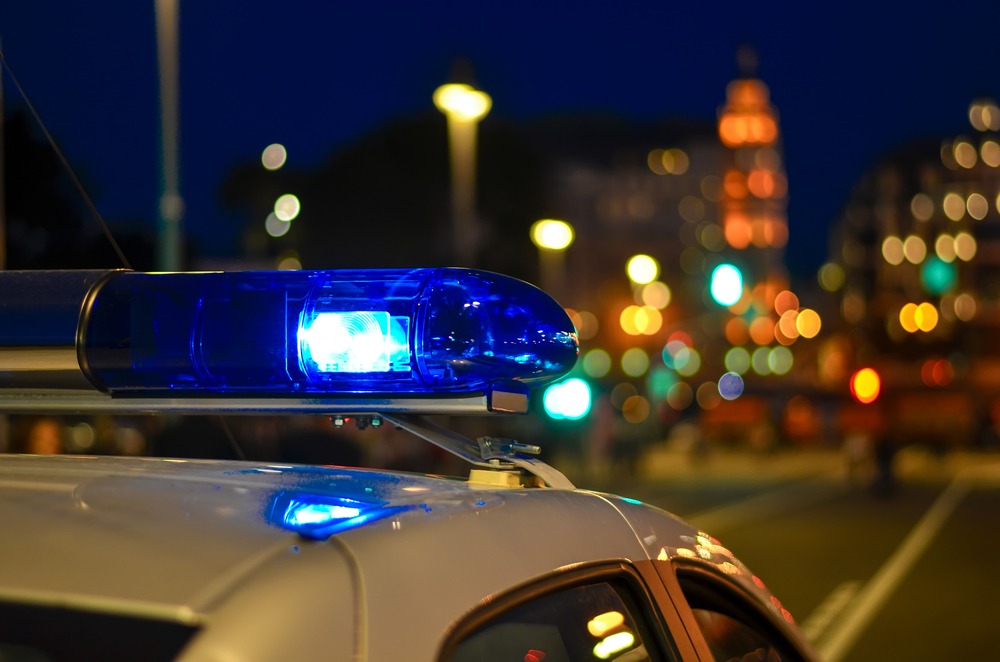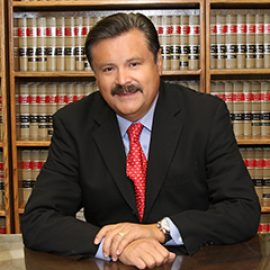The police will investigate a hit-and-run in an attempt to find the at-fault driver. When a driver flees the scene of an accident they caused, it is difficult for you to hold them financially accountable. An investigation could uncover the at-fault driver, allowing you to sue them or file a claim for damages.
If you hire our car accident lawyer, our firm will investigate your hit-and-run accident, as well. We can use evidence from the accident scene to try to track down the driver that hit your vehicle. Our attorney will also explain your options for financial recovery if the police do not locate the at-fault driver.
How the Police Investigate Hit-and-Run Accidents
The police usually take immediate action to investigate hit-and-run accidents because they know that their best chance of catching the hit-and-run driver is in the first few hours after the crash.
Here are some of the techniques they use in these investigations:
- Interviewing all the drivers who remained on the scene, as well as their passengers, any witnesses, and drivers in the area around the scene of the accident
- Checking nearby businesses and residences for security camera footage
- Checking databases to try to track down the hit-and-run driver using information like the vehicle description and partial license plate information
The police usually check with neighboring police departments to see if they have recently experienced similar hit-and-run crashes. Sometimes, the same driver flees the accident scene more than once.
What You Can Do If You Are the Victim of a Hit-and-Run Accident
After an accident, write down as much information as you can at the scene, like the make, model, and color of the fleeing vehicle, a description of the driver, as much of the license plate as you could see, and the direction the vehicle went when it left the accident. Also, try to take photographs. The police might be able to enhance the photo to see details you could not see.
Texas Law on Hit-and-Run Accidents
Texas considers hit-and-run accidents as severe criminal offenses. Texas Transportation Code § 550.021 sets out the duties of drivers after collisions.
Even if no one was injured, all drivers must stop and exchange contact and insurance information. Some penalties after a hit-and-run accident include:
- It is a Class C misdemeanor if the total vehicle damage is less than $200.
- If the total damage to all the vehicles is $200 or more, it is a Class B misdemeanor.
- If anyone suffered a minor injury, the offender can get sentenced to up to five years in state prison or up to one year in the county jail, a fine of as much as $5,000, or both incarceration and a fine.
- If anyone suffered a serious bodily injury, the hit-and-run offense is a felony of the third degree.
- If the hit-and-run accident caused anyone’s death, the offense is a second-degree felony.
With the severity of these offenses, the police are highly likely to investigate hit-and-run collisions.
Why People Illegally Flee the Scene of a Motor Vehicle Cras
People typically speed away from the scene of an accident out of fear because:
- They do not have car insurance and are afraid of getting a citation from a police officer for violating the Texas law that requires motorists to carry insurance, as explained by the Texas Department of Insurance
- They have been drinking and are afraid of getting caugh
- They have used drugs and are afraid of getting arrested for driving while impaired by drugs
- They are afraid that they might have severely injured or killed someone in the crash, particularly if they hit a pedestrian or someone on a bicycle
- They simply panicked because they got into an accident
Often, people in the last category, simple panic, turn themselves in after they calm down or talk to a friend or relative who convinces them to go to the police. In any of these situations, getting caught after a hit-and-run accident only makes the consequences of the accident worse, not better.
Types of Hit-and-Run Collision
Many types of collisions are considered hit-and-runs. For example:
- Another driver got into a collision with you and sped away without exchanging contact or insurance information with you
- You come back to your car that you left in a parking lot to find that someone hit your car and did not leave a note with their contact and insurance information
- A car hits a pedestrian or bicyclist and flees the scene without rendering assistance to the injured person
Any of these situations will qualify as a hit-and-run accident because the driver did not stop, render aid, and exchange contact and insurance information.
Contact Domingo Garcia After Your Hit-and-Run Accident
Hit-and-run accidents can cause debilitating injuries. A car accident lawyer at Domingo Garcia could help you go after monetary damages after a wreck you did not cause.
Don’t wait to get started on your case. Reach out to us today for your free initial consultation.

